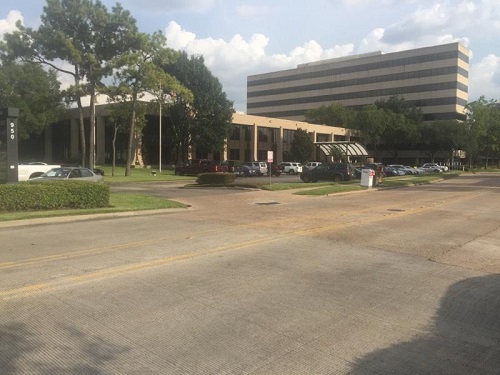Do you know that one in ten Americans (10 to 15%) develop gallstones at some point in their lives? Chances are, you know someone who has had them. Gallstones are small, hardened deposits that can form in the gallbladder. They can cause pain and inflammation, and in some cases, they can block the flow of bile from the liver.
If you’ve ever had a friend or family member who’s had gallstones, you know that they can be extremely painful. And while they’re not usually a serious health threat, they can cause some serious problems if they’re not treated properly.
What are gallstones and what do they do?
Gallstones are small, hard deposits that form in the gallbladder. The gallbladder is a small sac-like organ that stores bile, which is produced by the liver and helps to break down fat. Gallstones can vary in size from a grain of sand to a golf ball and can develop over the course of months or years.
Most people with gallstones do not experience any symptoms. However, if a gallstone becomes lodged in the bile duct, it can block the flow of bile and cause severe pain. In some cases, gallstones can also lead to pain, infection and inflammation of the gallbladder (cholecystitis) or pancreas. Treatment for gallstones typically involves surgical removal of the gallbladder.
What causes gallstones to form in the first place?
Gallstones usually develop when there is an imbalance in the chemical composition of bile. This can happen if there is too much cholesterol or bilirubin in the bile, or not enough bile salts.
Gallstones are also more likely to develop in certain populations, such as Native Americans and Eskimos, and women are more likely to develop them than men.
You are more likely to develop gallstones if you:
- Overweight
- Female (particularly if you have had children)
- 40 or over (the risk increases as you get older)
There is no sure way to prevent gallstones, but maintaining a healthy weight and eating a balanced diet may help to reduce your risk.
How can you tell if you have gallstones, and what are the symptoms?
Gallstones are relatively common, and they usually don’t cause any symptoms. However, if a stone gets stuck in the duct that carries bile from the gallbladder to the intestine, it can cause a blockage. This can lead to pain in the upper abdomen (biliary colic), nausea, vomiting, and jaundice (yellowing of the skin and eyes). Other symptoms may include:
- Severe pain in the upper right abdomen that may radiate to the back
- Pain that occurs after eating a fatty or greasy meal
- Nausea and vomiting
- Fever and chills
- Yellowing of the skin and eyes (jaundice)
- Itching
- clay-colored stools
If you experience any of these symptoms, it’s important to see a doctor for diagnosis and treatment. Treatment options include surgical removal of the gallbladder (cholecystectomy) or nonsurgical procedures to break up or remove the stones.
What are the risks associated with having gallstones, and how serious can they be?
Gallstones are small, hardened deposits of digestive fluid that can form in your gallbladder. Your gallbladder is a small, pear-shaped organ on the right side of your abdomen, just beneath your liver. The main function of your gallbladder is to store and concentrate bile, a yellow-green digestive fluid produced by your liver. Bile helps you digest fats.
If a gallstone lodges in one of the narrow ducts that connect your gallbladder to your small intestine, it can block the flow of bile and cause severe pain in the abdomen. In some cases, pancreatitis (inflammation of the pancreas) can occur if the ducts become blocked.
Treatment for gallstones typically involves removing the gallbladder (cholecystectomy). Surgery is generally recommended for people who experience recurrent bouts of pain or other complications from their gallstones.
Are there any ways to prevent gallstones from forming?
Gallstones are made up of cholesterol, calcium, and bilirubin. Although most gallstones do not cause any symptoms, they can sometimes lead to pain and inflammation. There are several things that you can do to help prevent gallstones from forming. For example, maintaining a healthy weight and eating a balanced diet can help to reduce your risk.
In addition, staying hydrated by drinking plenty of water and avoiding high-fat foods can also help. If you are at risk for developing gallstones, talk to your doctor about ways to prevent them.
References:
- Leuschner, U. (2010). Gallbladder Stones. In Clinical Hepatology (pp. 1459-1479). Springer, Berlin, Heidelberg.
- Portincasa, P., Moschetta, A., Petruzzelli, M., Palasciano, G., Di Ciaula, A., & Pezzolla, A. (2006). Symptoms and diagnosis of gallbladder stones. Best Practice & Research Clinical Gastroenterology, 20(6), 1017-1029.


